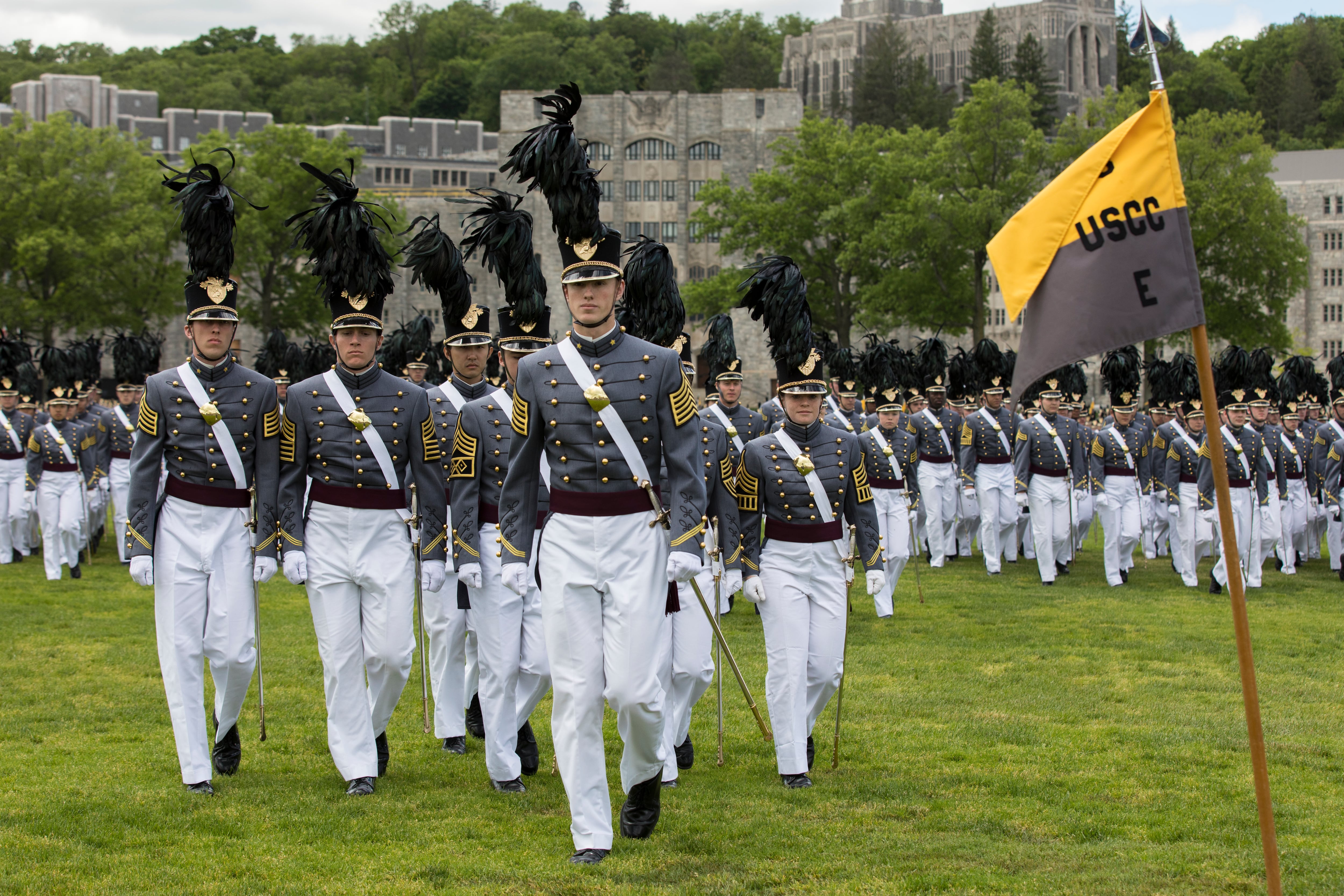West Point’s class of 2020 will serve as the first users of a new branch assignment system this fall, which the Army hopes will help with the retention of junior officers and better assign talent.
The Army is rolling out a new “Market Model branching system" that takes input from the commandants of each branch, who rank cadets as “most preferred,” “preferred” or “least preferred,” according to an Army news posting.
The number of cadets allocated into each of the three ranks depends on the branch’s needs.
The program starts with West Point cadets receiving their branch assignments this November, but will eventually be used across the service’s Reserve Officer Training Corps detachments next year.
Cadets will be judged based on a range of factors, including test scores, physical fitness scores, transcripts, personal statements and, for the first time, interviews with the branches they’re interested in.
Rankings and preferences will decide branch assignments using a variant of the same algorithm that medical school graduates use to be assigned to residency programs across the country.
This is the first time commandants from the Army’s 17 branches will have a say in which cadets come into their branches, the service said in its announcement. Previously, cadets simply ranked the branches in order of preference and received their assignment “based almost entirely on their ranking in the Order of Merit List," the Army’s posting reads.
The Army release also notes that the process allows for cadets to take on a Branch of Choice Active Duty Service Obligation, or BRADSO. This allows for West Point graduates to serve an extra three years on top of five they’re already obligated to serve in exchange for increasing the odds that the cadet will receive the branch they most desire.
BRADSO doesn’t change how well the branch commandant ranks a cadet, but it does move cadets within their own ranking.
“If you’re cadet number 25 in that most preferred bucket, and I’m cadet number 45 and I’m willing to BRADSO and you’re not, I move above you,” Maj. Jared Sunsdahl, West Point’s accessions division chief, said in the Army posting. “Now, 45 is above 25 and then depending on how many branch allocations there are, you may not have received that branch because there were only so many allocations left.”
Therefore, it won’t take a cadet from being “preferred” by the branch commandant to being “most preferred,” but it will increase their odds against other “preferred” cadets.
West Point’s class of 2020 will lock in their final branch rankings between Sept. 23-29. Branch commandants have to lock in their rankings by Sept. 19.
Kyle Rempfer was an editor and reporter who has covered combat operations, criminal cases, foreign military assistance and training accidents. Before entering journalism, Kyle served in U.S. Air Force Special Tactics and deployed in 2014 to Paktika Province, Afghanistan, and Baghdad, Iraq.




